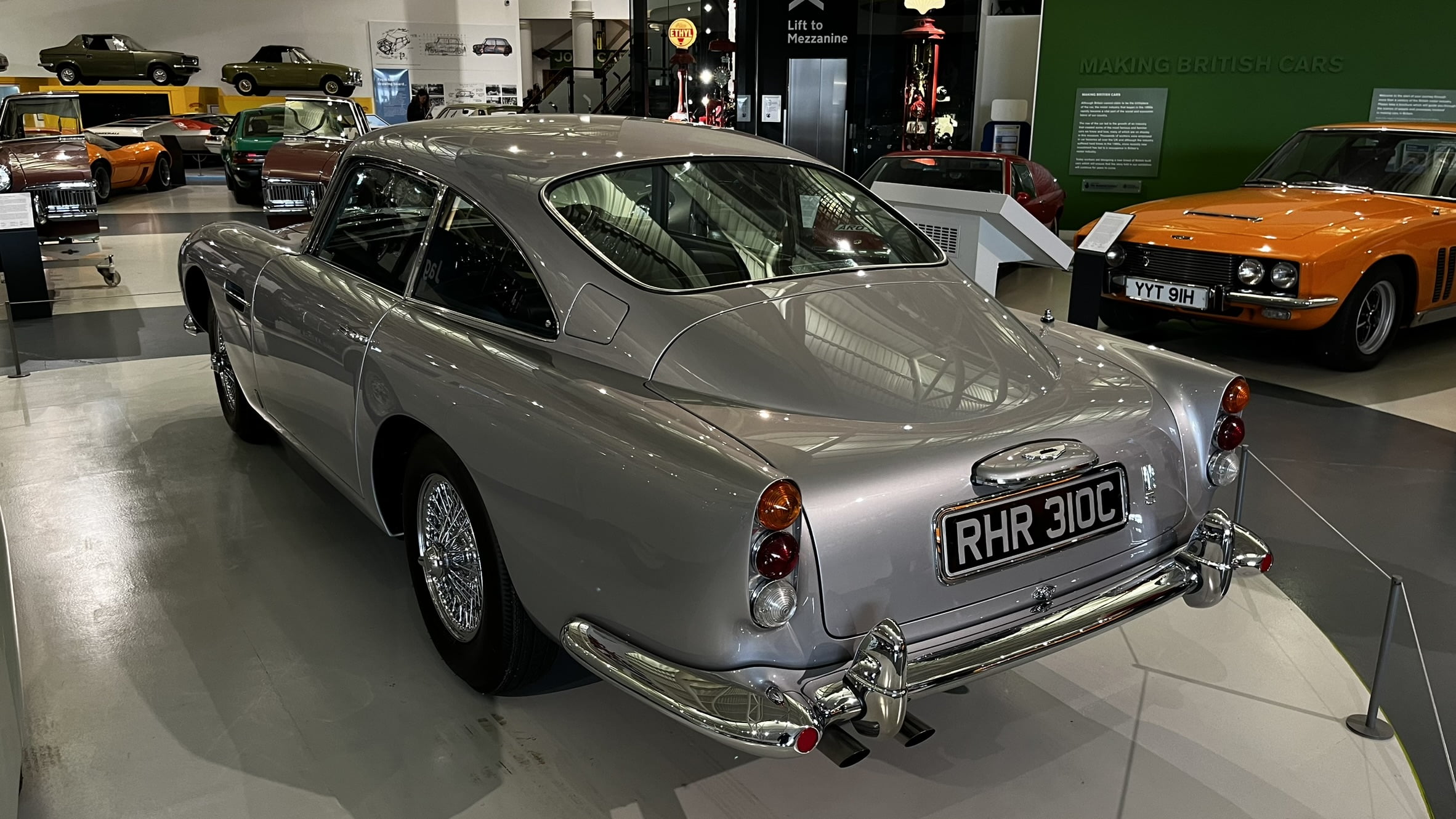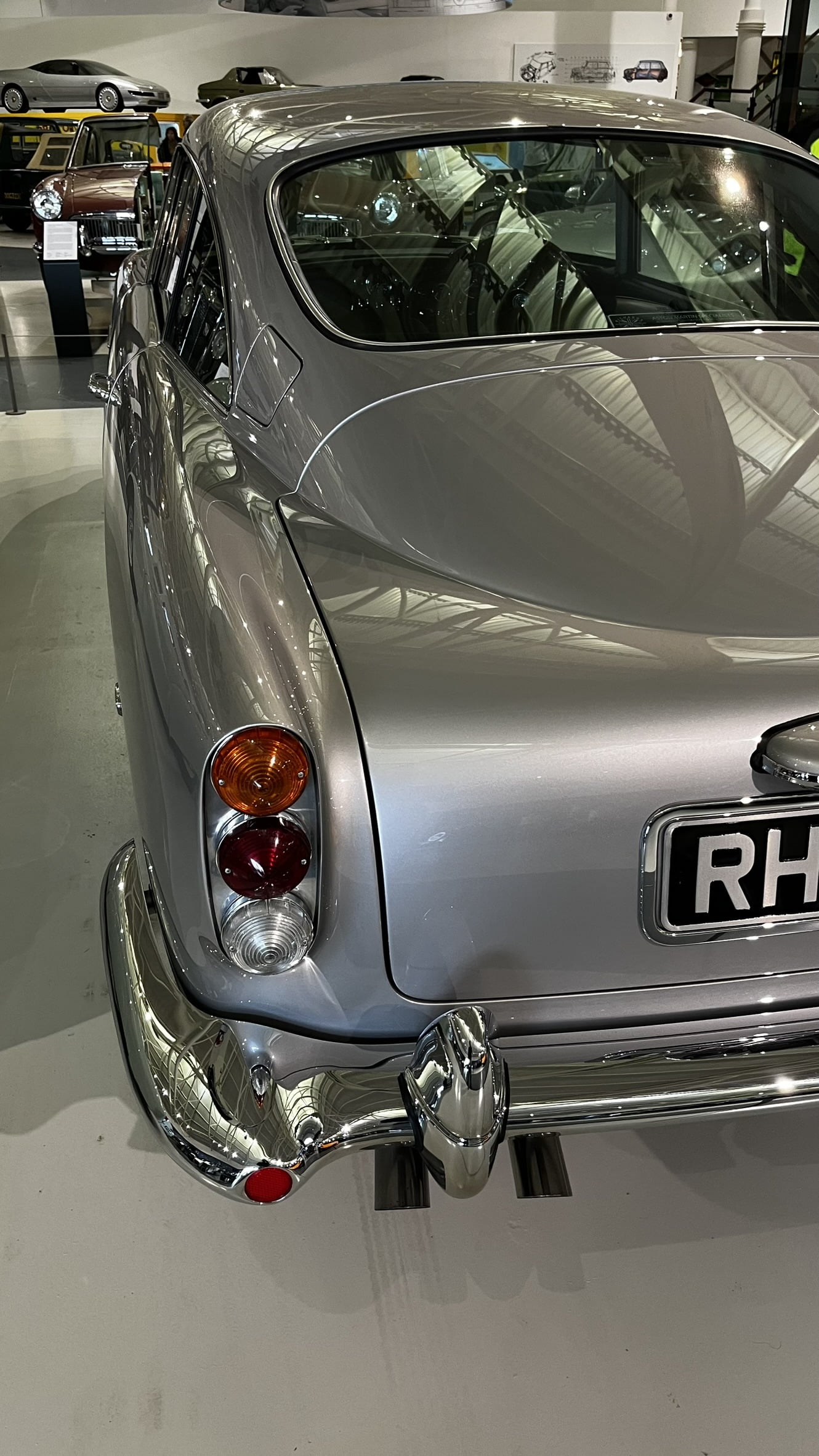1963 Aston Martin DB5
The Aston Martin DB5 stands as a quintessential symbol of luxury, sophistication, and performance in the realm of grand touring cars. Revered for its elegant design, advanced engineering, and association with the iconic British spy James Bond, the DB5 has captivated enthusiasts and collectors since its introduction in 1963. The Aston Martin DB5 was unveiled at the 1963 Geneva Motor Show as the successor to the DB4 Series V. Designed by Carrozzeria Touring of Milan, the DB5 retained the classic proportions and styling cues that defined Aston Martin’s grand touring cars while incorporating modern advancements in technology and performance. Powered by a 4.0-liter inline-six engine, the DB5 initially produced approximately 282 horsepower, delivering a blend of refined power and smooth acceleration. Its lightweight aluminum bodywork contributed to a balanced weight distribution, enhancing handling and responsiveness on both winding roads and long-distance journeys.



The Aston Martin DB5 is celebrated for its timeless design and understated elegance. Its long, sweeping lines, distinctive front grille, and muscular rear haunches exude a sense of purpose and grace. The DB5’s profile is characterized by a low-slung stance and aerodynamic contours, which not only enhance its visual appeal but also improve its aerodynamic efficiency at higher speeds. The interior of the DB5 reflects Aston Martin’s commitment to luxury and craftsmanship. Fine leather upholstery, wood trim accents, and polished metal fittings create a refined and inviting atmosphere for driver and passengers alike. The dashboard features classic instrumentation with clear dials and controls that emphasize usability without compromising on style.
Beyond its elegant design, the Aston Martin DB5 introduced several technological innovations that set new standards for luxury sports cars of its era. Notably, it was one of the first production cars to feature standard equipment such as electric windows, wool pile carpets, and a heated rear window—an indication of Aston Martin’s commitment to combining performance with creature comforts. The DB5 also showcased advanced engineering with its robust chassis, independent front suspension, and rear live axle setup, which provided a balanced combination of ride comfort and dynamic handling. Disc brakes on all four wheels ensured exceptional stopping power, enhancing safety and control under various driving conditions.
The Aston Martin DB5 achieved global fame and recognition through its association with the James Bond film franchise. Featured prominently in “Goldfinger” (1964), the DB5 became synonymous with the character’s sophisticated persona and adventurous lifestyle. Its on-screen gadgets, including revolving number plates, machine guns, and an ejector seat, further solidified its status as the ultimate spy car and cemented its place in popular culture. Off-screen, the DB5’s exclusivity and performance pedigree have made it a highly coveted collector’s item. Well-preserved examples command significant value at auctions, with some fetching multimillion-dollar prices due to their rarity, historical significance, and association with the Aston Martin brand and James Bond mythology.